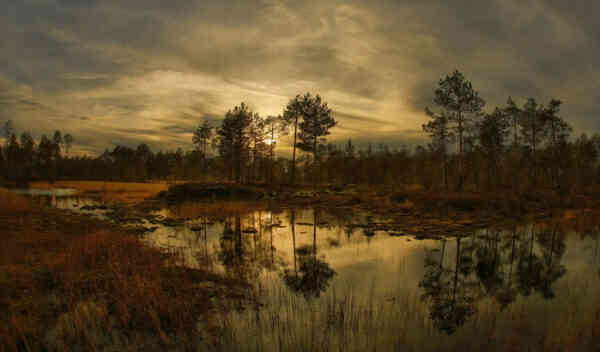The vast expanses of Siberia are amazing… What is not here! Mighty rivers, impenetrable forests, ancient mountains rising gloomily for kilometers in height… Yes, the development of the Siberian expanses began a long time ago, but in fact, there are still many places here where no human foot has yet set foot. Isn’t it surprising? Perhaps the most beautiful places on Earth are still practically uninhabited! However, it is for the best – humanity always spoils what it touches.
Interesting facts about Siberia
- Siberian lands could host any of the European states several dozen times.
- Siberia accounts for three quarters of the entire territory of Russia. More precisely, 77%.
- The Siberian taiga forests, along with the South American jungles, supply the bulk of oxygen to the atmosphere of our planet (interesting facts about oxygen).
- Since the border between Europe and Asia is usually drawn along the Ural Mountains, it can be argued that all of Siberia lies entirely in Asia. The Ural mountain range serves as its natural western boundary.
- Only about 25% of Russia’s population lives in Siberia.
- Siberia is considered mainly Russian lands, but part of it geographically belongs to Kazakhstan.
- The population density here is one of the lowest in the world – 2.7 people per square kilometer.
- The reliable origin of the word “Siberia” is unknown, but there are a number of versions.
- Usually Siberia is divided into Western and Eastern, but there is another classification in which Middle, Southern and North-Eastern are also distinguished (interesting facts about Western Siberia).
- There has never been a large population here. According to scientists, at the turn of the 16th-17th centuries, only about 200 thousand people lived in all of Siberia. Now there are about 36 million of them.
- Once upon a time, the famous Siberian Khanate was located here, which was then annexed to Russia.
- Until the beginning of the 20th century, in Siberia there was a special tax for the indigenous population, “yasak”. It was paid mainly in furs.
- The development of the Siberian expanses began in the 16th century.
- At different times, up to the middle of the 20th centuries, Siberia served as a place of exile for a long time.
- It was in Siberia, in the city of Bratsk, that the largest snow in the world once fell. The diameter of individual snowflakes reached 30.5 centimeters.
- There is no crater at the site of the fall of the Tunguska meteorite in Siberia, and not a single piece of the meteorite itself was found. At the moment, there is no consensus on what this phenomenon was, recorded by eyewitnesses and instruments from all over the world (interesting facts about the Tunguska meteorite).
- Vampire butterflies live in Siberia. Their females feed on nectar, but the males feed only on the blood of mammals.
- It is in Siberia that the largest swamp in the world, Vasyuganskoye, is located. Its area reaches 53,000 square kilometers.
- In 1968, in Siberia, in the village of Agapa, the highest atmospheric pressure in the history of observations was noted – eight hundred and fifteen millimeters of mercury.
- Thanks to the eternal permafrost in Siberia, open pit diamond mining is possible, as the frozen ground does not allow the walls of quarries to collapse.
- In fact, there are no cedars here. Cedar pine grows here, and real cedars grow only in the Himalayas and in the Mediterranean region (interesting facts about cedars).
- This is where perhaps the most famous breed of dog comes from – Siberian Huskies.
- Siberia is home to Lake Baikal, the largest freshwater body of water on our planet.
- The oldest fossils found in Siberia are almost 350 million years old.
- Most of the Siberian territories are located in permafrost regions.
